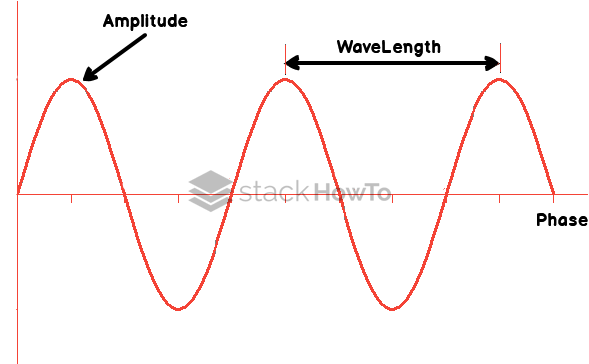What Is Analog Transmission?
In this tutorial, we are going to see What Is Analog Transmission?
The analog transmission of data is based on the circulation of information on a physical medium as a wave. The transmission of the data is done by the intermediary of a carrier wave, a simple wave whose only goal is to transport the data by changing one of its characteristics (amplitude, frequency, or phase), it is the reason for which the analog transmission is generally called transmission by modulation of a carrier wave. According to the parameter of the carrier wave that is varied, there are three types of analog transmissions:
- Transmission by amplitude modulation
- Tansmission by frequency modulation
- Transmission by phase modulation

Analog transmission of digital data:
When digital data first appeared, transmission systems were still analog, so a way had to be found to transmit digital data in an analog way.
The solution to this problem was the modem. Its role is:
- On transmission: to convert digital data (a set of 0s and 1s) into analog signals (the continuous variation of a physical phenomenon). This process is called modulation.
- At the reception: to convert the analog signal into digital data. This process is called demodulation.
That’s why the modem is actually the acronym of MOdulator/DEModulator…






